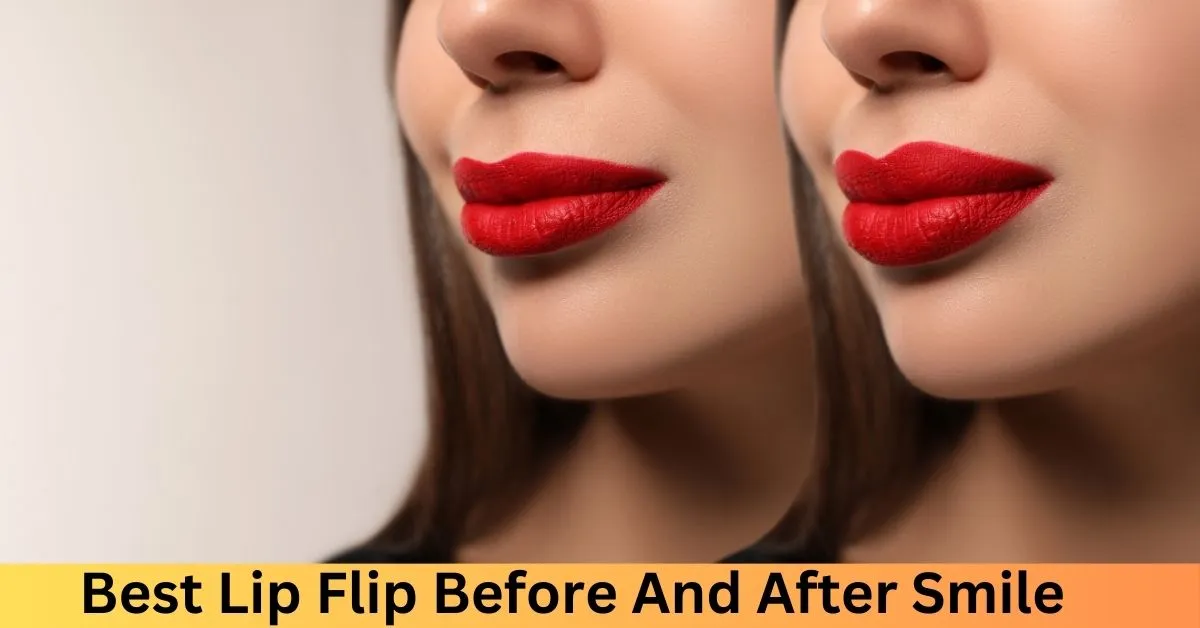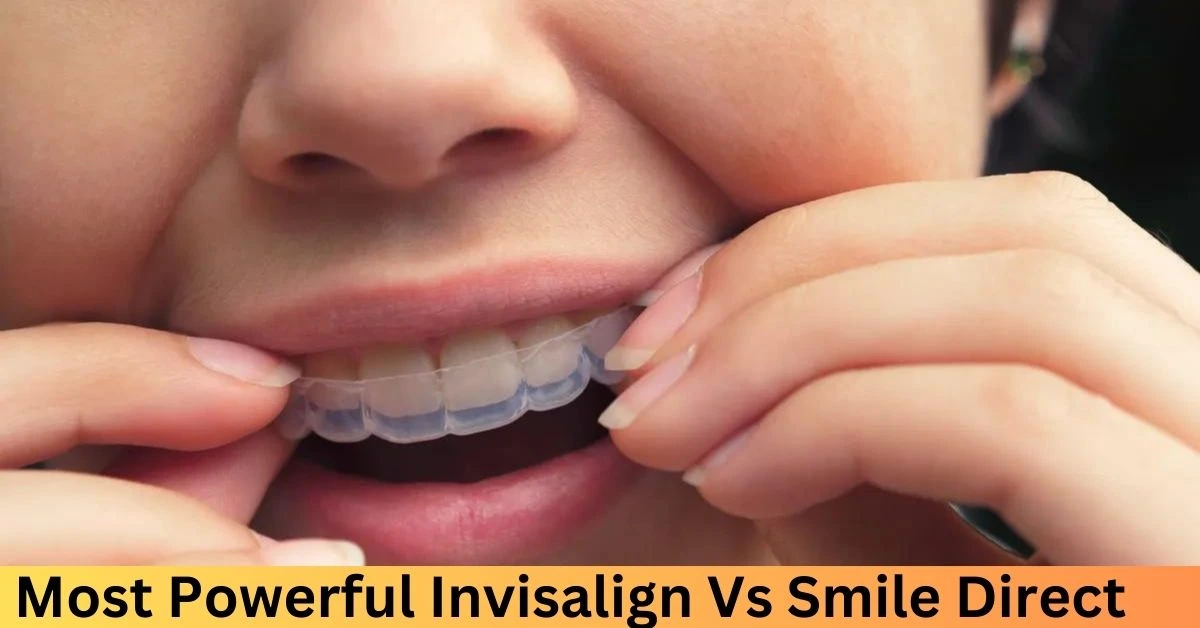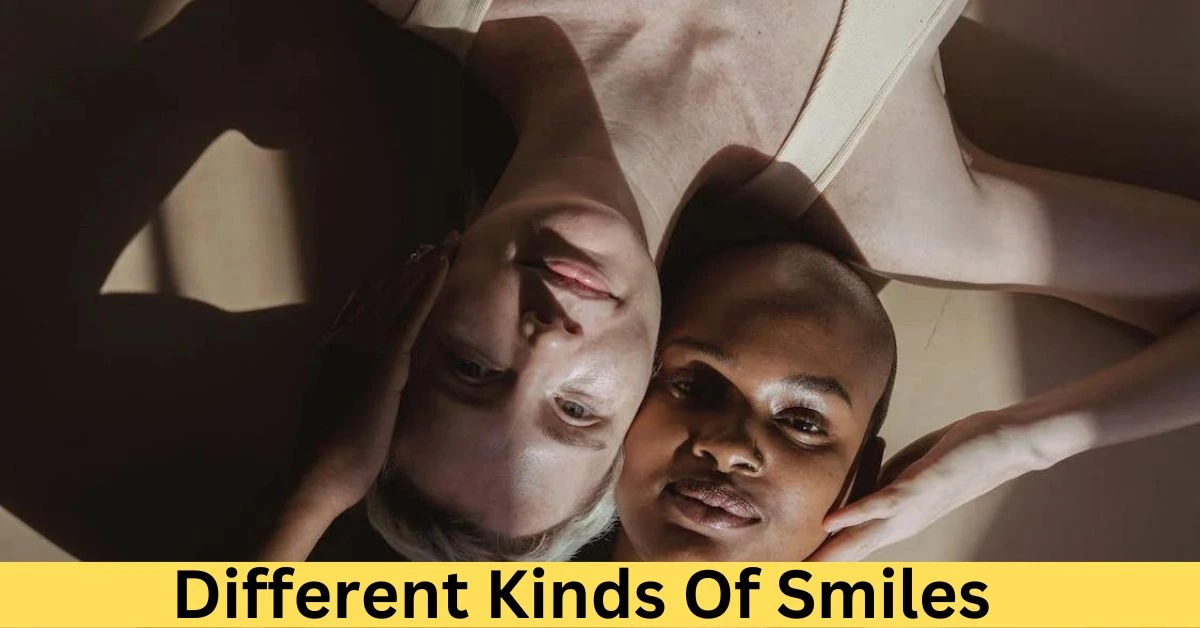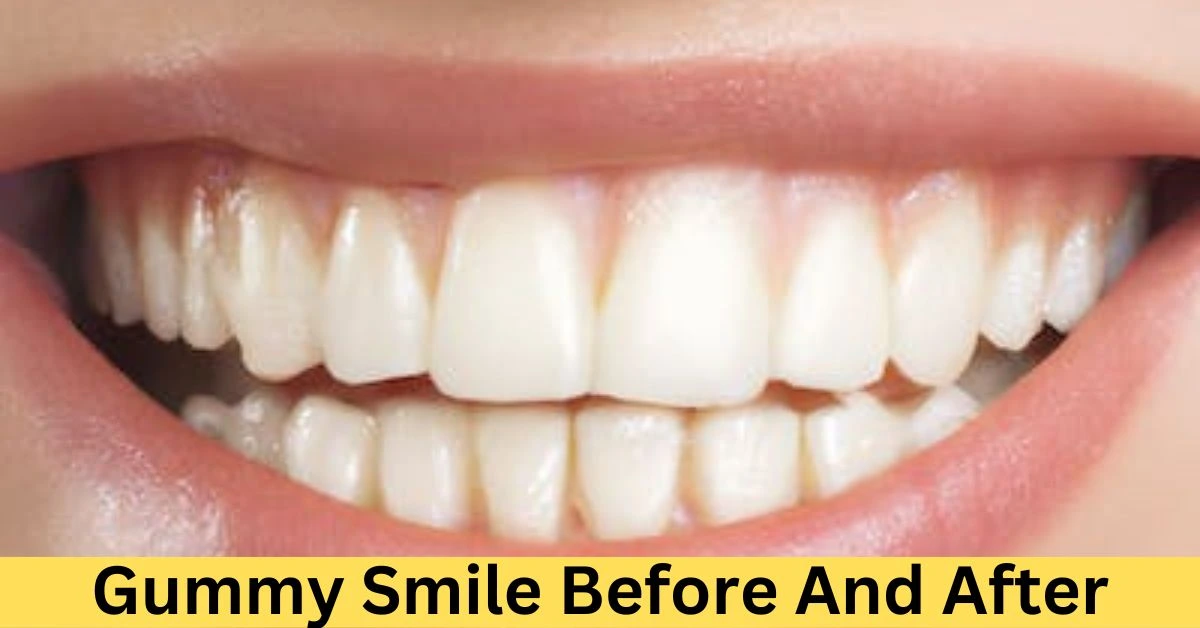Smile line fillers, also known as nasolabial fold fillers, are a popular cosmetic procedure used to reduce the appearance of wrinkles and lines around the mouth. However, like any medical procedure, there are risks and potential complications associated with smile line fillers.
Some of the most common problems associated with smile line fillers include:
- Infection: This can occur if the filler is not injected properly or if the area is not sterilized adequately.
- Bruising and swelling: This is a common side effect that usually resolves within a few days.
- Allergic reaction: This is rare, but it can occur if you are allergic to the filler material.
- Lumps and bumps: These can occur if the filler is not injected evenly or if it migrates under the skin.
- Tissue death: This is a very rare but serious complication that can occur if the filler blocks a blood vessel.
In addition to these general risks, some specific problems can occur with smile line fillers, such as:
- Overfilling: This can make the face look unnatural and can also lead to the migration of the filler.
- Underfilling: This may not provide the desired results.
- Asymmetry: This can occur if the filler is not injected evenly on both sides of the face.
If you are considering getting smile line fillers, it is important to consult with a board-certified dermatologist or plastic surgeon to discuss the risks and benefits of the procedure. You should also make sure that the provider you choose is experienced in injecting fillers and that they use only FDA-approved products.
Here are some additional tips for minimizing the risks of smile line fillers:
- Do your research and choose a qualified provider.
- Ask about the provider’s experience with smile line fillers.
- Make sure the provider uses only FDA-approved products.
- Discuss your expectations for the results of the procedure.
- Be aware of the risks and side effects of the procedure.
- Follow the provider’s instructions for aftercare carefully.
Contents
- 1 Can smile line filler go wrong?
- 2 Is Smile Line filler safe?
- 3 What are the side effects of smile line fillers?
- 4 How long does a smile line filler take to settle?
- 5 What makes smile lines worse?
- 6 Which filler is best for smile lines?
- 7 How painful is smile line filler?
- 8 Does your face go back to normal after fillers?
Can smile line filler go wrong?
a smile line filler, also known as nasolabial fold filler, can go wrong. While it’s generally a safe and effective procedure with minimal risks when performed by a qualified professional, there are some potential complications to be aware of:
Common side effects:
- Bruising: This is very common and usually resolves within a few days.
- Swelling: This can occur around the injection site and usually subsides within a week.
- Redness: Similar to swelling, redness typically fades within a few days.
- Tenderness: The area may feel tender or sore for a few days after the procedure.
- Temporary lumps: These can sometimes occur but usually disappear within a few weeks.
Less common, but more serious, complications:
- Allergic reaction: This is rare, but it’s important to inform your provider of any allergies you have before the procedure.
- Infection: This can occur if proper sterilization procedures are not followed.
- Vascular occlusion: This is a serious complication where the filler blocks a blood vessel, which can lead to tissue death or stroke. This is why it’s crucial to choose an experienced and qualified provider.
- Product migration: The filler can migrate away from the injection site, causing asymmetry or other issues.
- Granulomas: These are small, inflammatory nodules that can form around the filler.
How to minimize risks:
- Choose a qualified and experienced provider: This is the most important step to minimize risks. Look for a board-certified dermatologist or plastic surgeon with experience in facial fillers.
- Have a thorough consultation: Discuss your goals, medical history, and any concerns you have with your provider.
- Be realistic about your expectations: Smile line fillers can improve the appearance of nasolabial folds but won’t completely erase them.
- Follow your provider’s instructions carefully: This includes things like avoiding strenuous activity, sun exposure, and certain medications after the procedure.
If you experience any concerning symptoms after your filler procedure, such as severe pain, swelling, or vision problems, seek medical attention immediately.
Remember, this information is for educational purposes only and should not be interpreted as medical advice. Always consult with a qualified healthcare professional for personalized guidance and treatment.
Is Smile Line filler safe?
Smile line filler, also known as nasolabial fold filler, can be a safe and effective procedure for reducing the appearance of lines around the mouth and nose, but it’s important to understand the risks and limitations before making a decision.
Generally safe when done correctly:
- With proper technique and by a qualified professional: Smile line filler is considered a relatively safe procedure with minimal risks when performed by a board-certified dermatologist, plastic surgeon, or other trained healthcare professional with experience in facial fillers.
- FDA-approved fillers: Most commonly used fillers are FDA-approved for this specific use, adding to the safety profile.
Potential side effects and risks:
- Mild and temporary: Bruising, swelling, redness, tenderness, and temporary lumps are common but usually resolve within a few days to weeks.
- Less common, but more serious: Allergic reactions, infections, vascular occlusion (filler blocking a blood vessel), product migration, and granulomas are possible but less frequent.
- Individual factors: Your health, allergies, and other factors can influence your risk.
Minimizing risks:
- Choosing a qualified provider: This is crucial. Look for experience, board certification, and good reviews.
- Thorough consultation: Discuss your goals, medical history, and concerns with your provider.
- Realistic expectations: Fillers improve but don’t erase lines.
- Follow aftercare instructions: Avoid strenuous activity, sun exposure, and certain medications as advised.
Remember:
- Not everyone is suitable: Certain medical conditions or medications might make you a poor candidate.
- Consult a professional: This information is for educational purposes only and should not replace seeking personalized advice from a qualified healthcare professional.
The decision to use smile line filler is a personal one. Weighing the potential benefits and risks, discussing them with a healthcare professional, and choosing a qualified provider are key to making an informed decision about your safety and desired outcome.
What are the side effects of smile line fillers?
Smile line fillers, also known as nasolabial fold fillers, offer a popular option for reducing the appearance of lines around the mouth and nose. While generally safe and effective when performed by a qualified professional, it’s important to be aware of both common and less common side effects:
Common side effects (usually resolve within a few days to weeks):
- Bruising: This is very common and typically fades within a few days.
- Swelling: This can occur around the injection site and usually subsides within a week.
- Redness: Similar to swelling, redness typically fades within a few days.
- Tenderness: The area may feel tender or sore for a few days after the procedure.
- Temporary lumps: These can sometimes occur but usually disappear within a few weeks.
Less common, but more serious, complications:
- Allergic reaction: This is rare, but it’s important to inform your provider of any allergies you have before the procedure.
- Infection: This can occur if proper sterilization procedures are not followed.
- Vascular occlusion: This is a serious complication where the filler blocks a blood vessel, which can lead to tissue death or stroke. This is why it’s crucial to choose an experienced and qualified provider.
- Product migration: The filler can migrate away from the injection site, causing asymmetry or other issues.
- Granulomas: These are small, inflammatory nodules that can form around the filler.
Additional factors to consider:
- Individual factors: Your health, allergies, and other factors can influence your risk of side effects.
- Filler type: Different types of fillers may have slightly different side effect profiles.
- Provider experience: Choosing a qualified and experienced provider significantly reduces the risk of complications.
Minimizing risks:
- Consult a qualified healthcare professional: A board-certified dermatologist, plastic surgeon, or other trained practitioner with experience in facial fillers is crucial.
- Discuss your medical history and concerns: Be transparent about your health conditions, medications, and any allergies to ensure suitability and minimize risks.
- Choose a provider with good reviews and experience: Research and ask for recommendations to find a reputable provider.
- Follow aftercare instructions carefully: This includes avoiding strenuous activity, sun exposure, and certain medications as advised by your provider.
Remember:
- This information is for educational purposes only and should not be interpreted as medical advice.
- Always consult with a qualified healthcare professional for personalized guidance and treatment.
How long does a smile line filler take to settle?
Smile line fillers (nasolabial fold fillers) can take between two weeks and four weeks to fully settle and show their final results. However, you might see some immediate improvement as soon as the filler is injected, as it adds volume and smoothes out the lines.
Here’s a breakdown of the timeline:
- Immediately after injection: You might see some initial improvement, but the area may also be swollen and bruised.
- First few days: The swelling and bruising will start to subside, but the filler may not be fully settled yet.
- One week: You’ll likely see a significant improvement in the appearance of your smile lines, but the results may not be final.
- Two weeks: Most people see their final results around 2 weeks after the procedure.
- Four weeks: If you’re not happy with the results after 2 weeks, you can schedule a follow-up appointment with your provider for a touch-up.
Here are some additional factors that can affect how long it takes for the filler to settle:
- Type of filler: Different types of fillers can have slightly different settling times.
- Amount of filler used: More filler will take longer to settle than less filler.
- Your anatomy: Everyone heals differently, so your results may vary.
It’s important to be patient and wait for the filler to fully settle before judging the final results. During this time, avoid strenuous activity, excessive heat, and massaging the area. If you have any concerns about your results, be sure to contact your provider.
What makes smile lines worse?
Several factors can contribute to the worsening of smile lines, also known as nasolabial folds. Here are some key contributors:
Intrinsic factors:
- Aging: This is the primary culprit. As we age, our skin naturally loses collagen and elastin, leading to a loss of volume and elasticity, contributing to wrinkles and folds like smile lines.
- Genetics: Some people are genetically predisposed to deeper smile lines due to their facial structure, bone density, and skin type.
- Facial expressions: Repeated facial movements, especially frequent smiling or squinting, can deepen the creases over time.
Extrinsic factors:
- Sun exposure: UV radiation from the sun breaks down collagen and elastin, accelerating the aging process and worsening smile lines.
- Smoking: Smoking restricts blood flow to the skin, reducing oxygen and nutrients, leading to premature aging and deeper wrinkles.
- Dehydration: Dry skin lacks the plumpness and elasticity needed to resist wrinkles, making smile lines more noticeable.
- Diet: A poor diet lacking essential nutrients can affect skin health and contribute to wrinkles.
- Weight fluctuations: Sudden weight loss or gain can stretch and loosen the skin, making smile lines more prominent.
- Sleep deprivation: Chronic lack of sleep can deprive the skin of essential repair time, leading to faster wrinkle development.
Additional factors:
- Certain medications: Some medications can have side effects that contribute to wrinkles or dry skin.
- Underlying medical conditions: Certain medical conditions can affect skin health and contribute to wrinkle formation.
Prevention and management:
While you can’t completely stop smile lines from forming, there are steps you can take to prevent them from getting worse and improve their appearance:
- Sun protection: Daily use of broad-spectrum sunscreen with SPF 30 or higher is crucial.
- Smoking cessation: Quitting smoking can significantly improve skin health and slow down wrinkle formation.
- Hydration: Drink plenty of water and use moisturizing products to keep your skin hydrated.
- Healthy diet: Eat a balanced diet rich in fruits, vegetables, and whole grains to nourish your skin.
- Maintain a healthy weight: Avoid yo-yo dieting and manage weight fluctuations gradually.
- Proper sleep hygiene: Aim for 7-8 hours of quality sleep each night.
- Skincare routine: Use a gentle cleanser, or moisturizer, and consider anti-aging products like retinol or peptides.
- Consult a dermatologist: They can recommend specific treatments like fillers or lasers to address smile lines.
Remember, early intervention and consistent preventive measures are key to managing smile lines effectively. Consult a healthcare professional for personalized guidance and treatment options.
Which filler is best for smile lines?
Best filler for smile lines as it depends on several individual factors and desired outcomes. However, I can guide you through some key considerations to help you and your healthcare provider determine the most suitable option:
1. Type of smile line:
- Shallow lines: Hyaluronic acid (HA) fillers like Juvederm or Restylane are often preferred due to their flexibility and natural-looking results.
- Deep folds: Thicker HA fillers like Juvederm Voluma or Restylane Lyft might be better suited to provide support and lift.
- Marionette lines: HA fillers or calcium hydroxyapatite (CaHA) fillers like Radiesse can be used, depending on the depth and desired outcome.
2. Desired results:
- Immediate correction: HA fillers offer the quickest visible results.
- Longer-lasting results: CaHA fillers can last longer than HA fillers, but take more time to settle.
- Stimulating collagen production: Poly-L-lactic acid (PLLA) fillers like Sculptra gradually improve skin texture and volume over months but don’t offer immediate wrinkle correction.
3. Individual factors:
- Age and skin type: Younger skin might respond better to thinner fillers, while older skin might benefit from thicker ones.
- Medical history and allergies: Ensure compatibility with the filler material.
- Budget: HA fillers are generally less expensive than CaHA or PLLA fillers.
Important note: It’s crucial to consult a board-certified dermatologist or plastic surgeon for a personalized assessment. They can consider your specific needs, concerns, and medical history to recommend the most suitable filler type and brand.
Here are some additional points to keep in mind:
- Experience of the provider: Choose a practitioner with extensive experience in administering smile line fillers for optimal results.
- FDA-approved products: Ensure the provider only uses fillers approved by the FDA for safety and efficacy.
- Realistic expectations: Discuss your desired outcome with your provider and understand that results may vary.
- Follow aftercare instructions: Meticulous aftercare is crucial for optimal results and reducing potential complications.
Remember, choosing the right filler is a personal decision based on your unique needs and goals. Consulting a qualified healthcare professional is the best way to make an informed choice and achieve your desired outcome safely.
How painful is smile line filler?
Smile line filler, also known as nasolabial fold filler, is generally considered a tolerable procedure and not overly painful for most people. Here’s a breakdown of factors influencing the experience:
Comfort measures:
- Topical numbing cream: This is typically applied before injections to minimize discomfort.
- Lidocaine in filler: Many HA fillers contain lidocaine, a local anesthetic, to further reduce pain.
- Technique: Experienced providers use techniques to minimize discomfort, like injecting slowly and using thin needles.
Individual factors:
- Pain tolerance: Some people are naturally more sensitive to pain than others.
- Depth of injection: Deeper injections tend to be slightly more uncomfortable.
- Number of injections: More injections may increase discomfort, but it also depends on individual sensitivity.
Overall experience:
- Most people describe the feeling as:
- A pinching sensation
- Slight prickling
- Pressure or stinging
- Discomfort is usually temporary:
- Lasting a few seconds per injection
- Some soreness or tenderness is possible for 1-2 days after
Remember:
- Consult your provider: They can discuss your pain tolerance and offer additional comfort measures if needed.
- Communication is key: Let your provider know if you experience any significant discomfort during the procedure.
Here are some additional points to consider:
- Alternatives to fillers: If you have a very low pain tolerance, discuss non-injectable options like laser treatments or topical creams with your provider.
- Managing anxiety: Relaxation techniques like deep breathing can help reduce overall stress and discomfort during the procedure.
While individual experiences may vary, smile line filler is generally considered a well-tolerated procedure with minimal discomfort thanks to comfort measures and techniques used by experienced providers.
Does your face go back to normal after fillers?
Yes, in most cases, your face will return to its “normal” appearance after dermal fillers wear off. However, it’s important to understand “normal” in this context. Here’s what you need to know:
The “normal” you return to:
- Original wrinkles and lines: The wrinkles and lines you had before the filler will reappear as the filler is gradually broken down by your body.
- Volume loss: If you had fillers for volume restoration, the areas will likely lose volume again once the filler wears off.
However, “normal” isn’t always the same:
- Skin elasticity: While your skin might stretch slightly due to the filler, it’s usually elastic enough to bounce back to its original shape after the filler dissolves.
- Skin aging: It’s important to remember that your skin continues to age naturally even with fillers. So, while your face might return to its pre-filler appearance, it might still show signs of aging like wrinkles or fine lines that weren’t there before.
Factors affecting how your face looks:
- Type of filler: Different fillers have different lifespans, so the time it takes for your face to return to “normal” will vary.
- Injection technique: Overfilling or uneven injection can potentially stretch the skin more, which might take longer to bounce back or leave noticeable asymmetry.
- Individual factors: Age, skin health, and lifestyle can all influence how your skin responds to fillers and how quickly it returns to its pre-treated state.
Remember:
- Consulting a qualified healthcare professional is crucial. They can assess your individual needs and advise on the most suitable filler type and potential outcomes.
- Realistic expectations are key. Understand that fillers are a temporary solution, and your face will eventually return to its pre-treated state with natural signs of aging.
- Aftercare instructions are important. Following your provider’s guidance can optimize results and minimize potential complications.
While your face will return to its “normal” appearance after fillers, it’s not always the same pretreatment state due to natural aging and potential skin stretching. Consulting a qualified professional and maintaining realistic expectations is crucial for making informed decisions about filler treatments.






